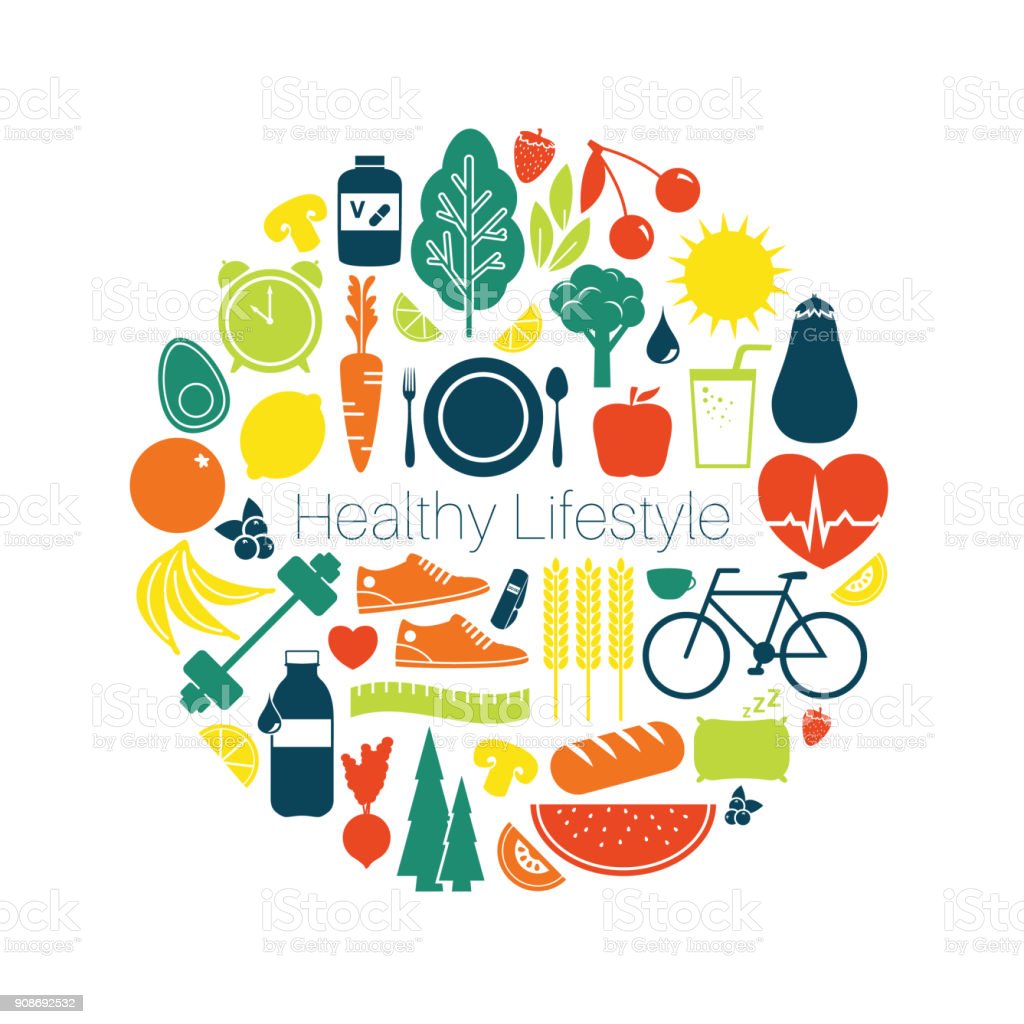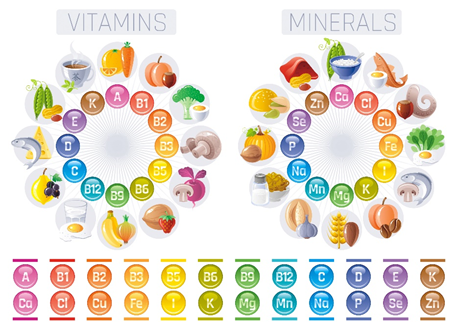
The bipartisan Policy Center set up a Rural Health Task Force, funded by the Leona M. and Harry B. Helmsley Charitable Trust. The team comprises physicians, business leaders and former elected officials. These recommendations will be useful for policymakers to make informed decisions on rural health. They are also committed in using data for their research. In this article we will look at a few of those strategies and policies that have been tested across the country.
In order to determine which programs and services are the most effective, rural hospitals should consider expanding Medicaid. Although a modest Medicaid reimbursement can be better than none, it will still leave a hospital in debt. Aside from that, the Affordable Care Act did not help rural hospitals financially. The Act provides health insurance through an exchange, but many people who have low incomes opt instead for high-deductible plans. Hospitals do not receive any compensation for their services. This means that rural health facilities can't compete with large urban hospitals when it comes to patients.

State Offices of Rural Health (SORH): Financial assistance can be provided to eligible states that take part in this program. These offices coordinate activities that relate to rural health in the states. SORH also assists with the identification of federal and state programs for rural communities. The program also offers technical assistance to non-profit entities serving rural populations. The program encourages the use data to determine the most efficient methods of providing healthcare. But what can rural systems of health do to improve their performance and be more efficient?
A severe shortage exists in rural areas. Rural areas have more primary care physicians than urban ones, but the number who live there is also lower. Low-income rural communities are particularly affected by this shortage of healthcare providers, as many residents are uninsured or underinsured. The commission hopes the creation of a fleet to provide mobile healthcare in rural areas. The program could improve access to rural health care if it is successful.
There are more challenges in rural areas than there is in urban areas. Rural providers have lower incomes and more limited access to resources. This can negatively impact the quality and safety of care. A physician's ability to provide adequate care in a rural area is a vitally important factor in reducing the risk of adverse outcomes. However, it is important to have a skilled physician in order to establish a healthy rural community.

There are many differences in the delivery of health care in rural areas. Rural patients have to travel further for treatment as there are fewer providers. Rural patients are less likely to seek treatment in cities and may not be willing to sacrifice their time to travel to the clinic. This can lead to delays in diagnosis and worsening of the patient's condition. Farmers who work for themselves in rural areas might be many hours away from necessary health care services. They should also consider the care of livestock and crops.
FAQ
How can I live my best everyday life?
Find out what makes YOU happy. This is the first step in living a life that you love. Once you are clear about what makes you happy and satisfied, you can move on to the next step. You can also ask other people what they do to live the best lives possible every day.
You can also read books by Wayne Dyer, such as "How to Live Your Best Life". He talks about how to find happiness and fulfillment at all stages of our lives.
What are the 7 tips to have a healthy life?
-
Take care of your health
-
Exercise regularly
-
Sleep well
-
Drink lots of water
-
Get enough sleep
-
Be happy
-
Smile often.
What is the difference between calories and kilocalories in food?
Calories can be used to measure how much energy is in food. The unit of measurement is called a calorie. One calorie represents the energy required to raise one gram of water's temperature by one degree Celsius.
Kilocalories can also be used to refer to calories. Kilocalories measure in thousandths a calorie. 1000 calories are equal to one kilocalorie.
Statistics
- nutrients.[17]X Research sourceWhole grains to try include: 100% whole wheat pasta and bread, brown rice, whole grain oats, farro, millet, quinoa, and barley. (wikihow.com)
- According to the 2020 Dietary Guidelines for Americans, a balanced diet high in fruits and vegetables, lean protein, low-fat dairy and whole grains is needed for optimal energy. (mayoclinichealthsystem.org)
- In both adults and children, the intake of free sugars should be reduced to less than 10% of total energy intake. (who.int)
- According to the Physical Activity Guidelines for Americans, we should strive for at least 150 minutes of moderate intensity activity each week (54Trusted Source Smoking, harmful use of drugs, and alcohol abuse can all seriously negatively affect your health. (healthline.com)
External Links
How To
What does "vitamin" actually mean?
Vitamins are organic compounds naturally found in food. Vitamins are necessary for us to absorb nutrients in the foods we consume. Vitamins cannot be made by the body; they must be taken from food.
There are two types vitamins: water soluble or fat soluble. Water-soluble vitamins dissolve quickly in water. Some examples include vitamin C,B1 and B2 vitamins (thiamine), B2 and riboflavin, B3 and B6 vitamins (niacin), folic acids, biotin, pantothenic acids, and cholesterol. Fat-soluble vitamins can be stored in the liver or in fatty tissue. You can find vitamin D, E K, A, beta carotene, and other fat-soluble vitamins.
Vitamins are classified according their biological activity. There are eight main groups of vitamins.
-
A - vital for healthy growth.
-
C is important for nerve function and energy production.
-
D - necessary for healthy bones and teeth.
-
E - Required for good vision & reproduction
-
K - essential for healthy muscles, nerves, and bones.
-
P – vital for building strong bones.
-
Q – aids digestion of iron and iron absorption
-
R - Red blood cells are made from red blood cells.
The recommended daily allowance (RDA) of vitamins varies depending on age, gender, and physical condition. The U.S. Food and Drug Administration, (FDA), sets the RDA value.
For adults aged 19 and older, the RDA for vitamin B is 400 micrograms daily. Pregnant women require 600 micrograms daily to support fetal development. Children ages 1-8 require 900 micrograms per day. Infants under one year of age require 700 micrograms per day, but this amount decreases to 500 micrograms per day between 9 months and 12 months of age.
Children aged between 1-18 years require 800 micrograms of sugar per day, while overweight children need 1000 micrograms. Children who are underweight receive 1200 micrograms every day to meet their nutritional requirements.
2200 mg of vitamin A per day is required for children aged 4-8 who have been diagnosed by anemia.
2000 micrograms daily is required for adults over 50 to maintain their general health. Breastfeeding or pregnant women require 3000 micrograms per daily due to higher nutrient demands.
1500 micrograms is the recommended daily intake for adults aged 70+, who lose approximately 10% of muscle each year.
Women who are pregnant and lactating need more nutrients than the RDA. Pregnant women need 4000 micrograms per dayduring pregnancy and 2500 micrograms per day after delivery. Breastfeeding mothers require 5000 micrograms daily when breast milk production is occurring.